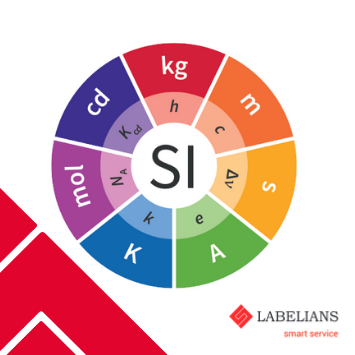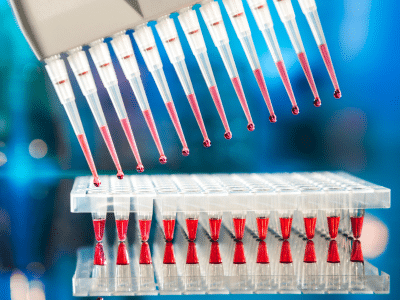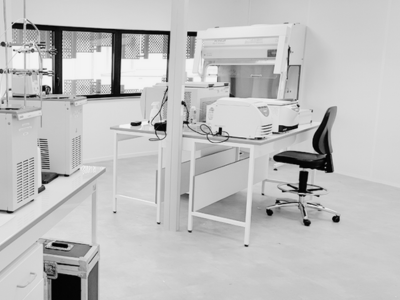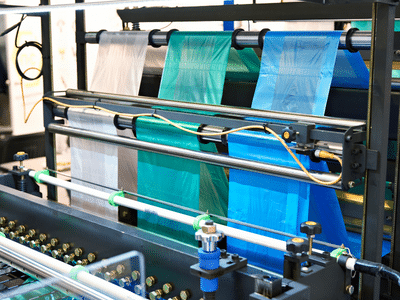Metrology is the science of measurement. This applies to 7 measurement units that guarantee the perfect functioning of exchanges and our daily environment.
How would you buy your vegetables if the kilogram did not exist? How would you get around in a car without the meter to know the distance to the next gas station?
This science is also particularly useful in industry, where it allows for alea-free production with perfectly tuned machines, and even more so in the scientific world, and particularly in laboratories. A poorly temperature-controlled centrifuge can affect analytical results, and transporting a sample at a poorly controlled temperature is just as damaging. A poorly maintained laboratory balance has an equally damaging impact.
Do you know all the quantities that must be measured by metrology ? LABELIANS smart service laboratory shares this checklist with you.

THE KILOGRAM
Symbol : kg
Quantity : mass
Units derived from the kilogram : newton, pascal, joule, watt
The kilogram, kg, is the unit of mass; its value is defined by setting the numerical value of Planck’s constant to exactly 6.626 070 15 × 10-34 when expressed in s-1 m2 kg, which corresponds to J s.
THE METER
Symbol : m
Quantity : length
Units derived from the metre : square metre, cubic metre, metre per second…
The metre is the length of the path travelled by light in a vacuum for a duration of 1/299 792 458 of a second.
THE SECOND
Symbol : s
Quantity : time, duration
Units derived from the second : hertz, becquerel, sievert
The second is the duration of 9 192 631 770 periods of the radiation corresponding to the transition between the two hyperfine levels of the ground state of the caesium 133 atom.
THE AMPERE
Symbol : A
Quantity : intensity of an electric current
Units derived from the ampere : coulomb, volt, ohm, farad, henry, tesla
The ampere, the SI unit of electric current, is defined by taking the fixed numerical value of the elementary charge, e, equal to 1.602 176 634 × 10-19 when expressed in C, unit equal to A-s, the second being defined in terms of ΔνCs.
THE KELVIN
Symbol : K
Quantity : thermodynamic temperature
Units derived from the kelvin : degree Celsius, watt per metre kelvin, square metre kelvin per watt, joule per kelvin
The kelvin, K, is the thermodynamic unit of temperature; its value is defined by setting the numerical value of the Boltzmann constant to exactly 1.380 649 × 10-23 X when expressed in s-2 m2 kg K-1, which corresponds to J K-1.
THE MOLE
Symbol : mole
Quantity : amount of matter
Units derived from the mole : mole per cubic metre, katal
The quantity of matter, symbol n, of a system represents a number of specified elementary entities. An elementary entity can be an atom, a molecule, an ion, an electron, or any other specified particle or grouping of particles. Its value is defined by setting the numerical value of Avogadro’s number to exactly 6.022 14076 × 1023 when expressed in mol-1.
CANDELA
Symbol : cd
Quantity : luminous intensity
Units derived from the candela : lumen, lux
Field : Photometry
The candela is the luminous intensity, in a given direction, of a source which emits monochromatic radiation of frequency 540.1012 hertz and whose energy intensity in this direction is 1/683 watt per steradian.
Now you have a simple overview of the 7 measurement units allowed by the International System of Units. LABELIANS smart service laboratory, specialist in laboratory metrology, will be delighted to send you a poster to help you keep these seven definitions in mind.




